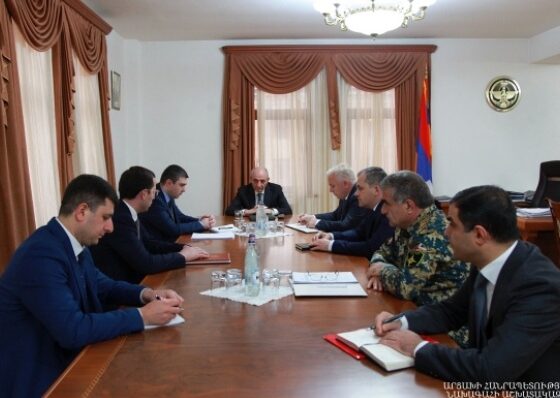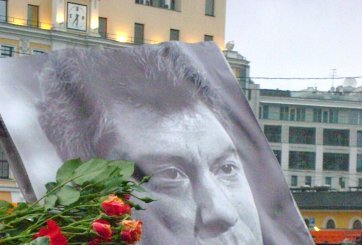(International Journal of Press/Politics) This paper investigates online propaganda strategies of the Internet Research Agency (IRA)—Russian “trolls”—during the 2016 U.S. presidential election. We assess claims that the IRA sought either to (1) support Donald Trump or (2) sow discord among the U.S. public by analyzing hyperlinks contained in 108,781 IRA tweets. Our results show that although IRA accounts promoted links to both sides of the ideological spectrum, “conservative” trolls were more active than “liberal” ones. The IRA also shared content across social media platforms, particularly YouTube—the second-most linked destination among IRA tweets. Although overall news content shared by trolls leaned moderate to conservative, we find troll accounts on both sides of the ideological spectrum, and these accounts maintain their political alignment. Links to YouTube videos were decidedly conservative, however. While mixed, this evidence is consistent with the IRA’s supporting the Republican campaign, but the IRA’s strategy was multifaceted, with an ideological division of labor among accounts. We contextualize these results as consistent with a pre-propaganda strategy. This work demonstrates the need to view political communication in the context of the broader media ecology, as governments exploit the interconnected information ecosystem to pursue covert propaganda strategies.
Read More © The International Journal of Press/Politics
Yevgeniy Golovchenko, University of Copenhagen
Cody Buntain, NJIT
Gregory Eady, University of Copenhagen
Megan Brown, CSMaP
Joshua A. Tucker, New York University (NYU)











